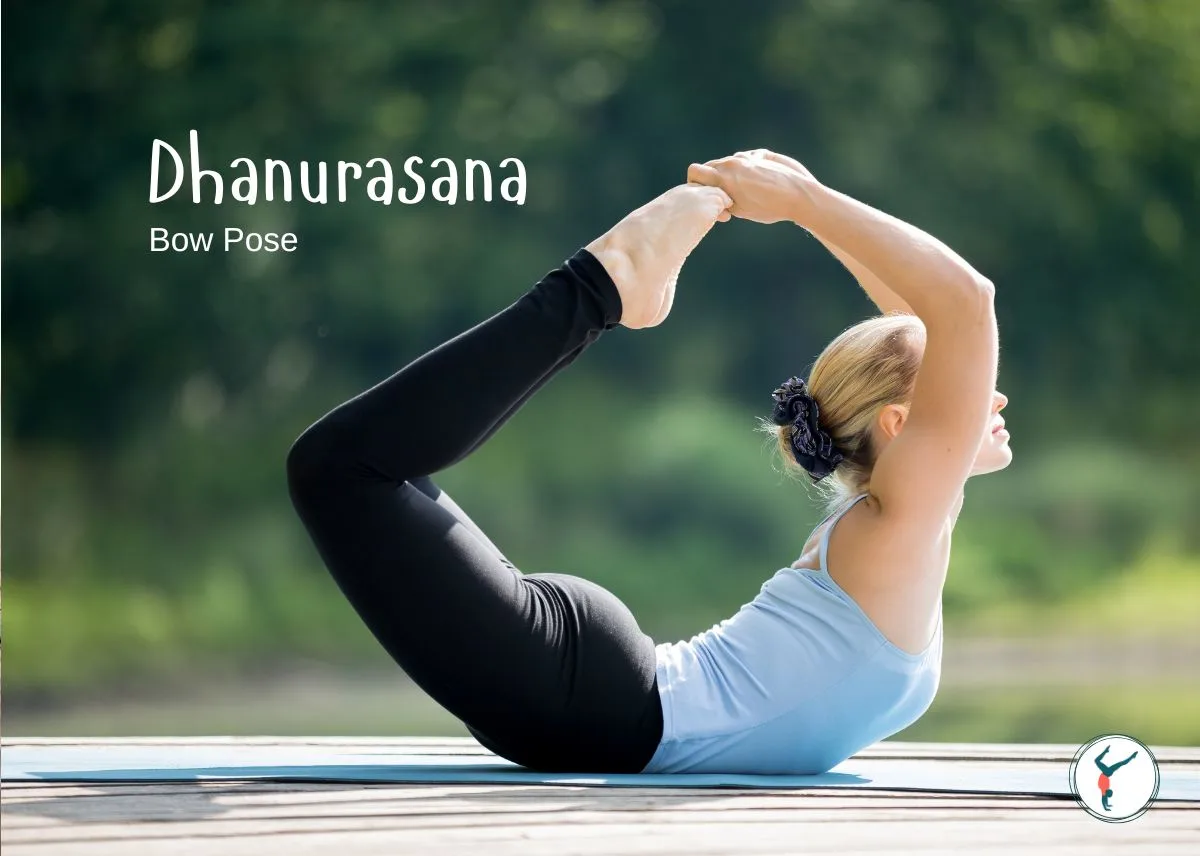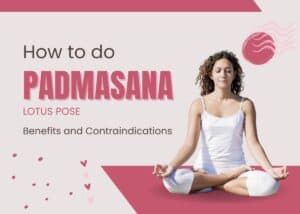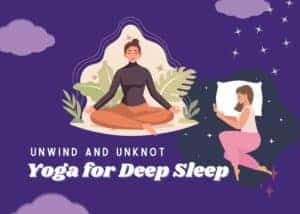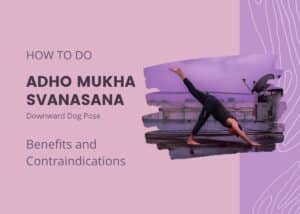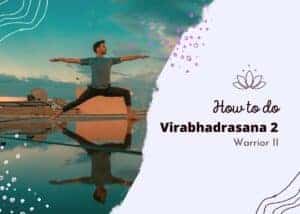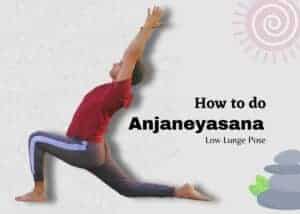Learn the Dhanurasana procedure with step-by-step instructions, benefits, and contraindications. Dhanurasana (Bow Pose) is a powerful backbend in yoga that resembles an archer’s bow.
It is an excellent asana for improving flexibility, strengthening the back, and enhancing digestion. However, it is essential to practice this pose mindfully, considering its contraindications.
Table of Contents
What is Dhanurasana (Bow Pose)?
Dhanurasana (धनुरासन) comes from the Sanskrit words:
- Dhanur = Bow
- Asana = Posture or Pose
Pronunciation: Dhu-nuur-aa-sun-aa
Dhanurasana Benefits (Bow Pose)
Practicing Bow Pose regularly provides numerous physical and mental benefits:
Physical Benefits
- Strengthens the back and spine
- Improves posture and corrects hunching of the upper back
- Stretches the entire body, including the chest, shoulders, abdomen, and thighs
- Enhances blood circulation and oxygen supply
- Helps in reducing excessive weight around the abdominal area
- Stimulates abdominal organs, including the liver and pancreas
- Improves flexibility in the spine and hip flexors
- Helps relieve mild backaches, fatigue, and menstrual discomfort
Mental and Emotional Benefits
- Helps alleviate anxiety and stress
- Boosts energy levels and fights fatigue
- Improves focus and concentration
Digestive and Reproductive Health Benefits
- Helps reduce gastrointestinal disorders
- Stimulates the digestive system, improving metabolism
- Enhances the functioning of reproductive organs
Important Note Before Practicing Dhanurasana
Yoga is not about how deep you can go into a posture; it is about creating a connection between your mind and body. Breathing plays a crucial role in achieving maximum benefits from any asana. Always align your breath with your movements for a safer and more effective practice.
Do not force yourself into the posture if your body is not ready. Listen to your body, respect its limitations, and progress gradually. Yoga is not about competition but about leading a healthy and stress-free life.
Dhanurasana Procedure (Bow Pose) – Step-by-Step Guide
Preparatory Poses
Before practicing Bow Pose, warm up with the following poses:
- Bhujangasana (Cobra Pose)
- Salabhasana (Locust Pose)
- Setu Bandhasana (Bridge Pose)
Step-by-Step Instructions for Dhanurasana
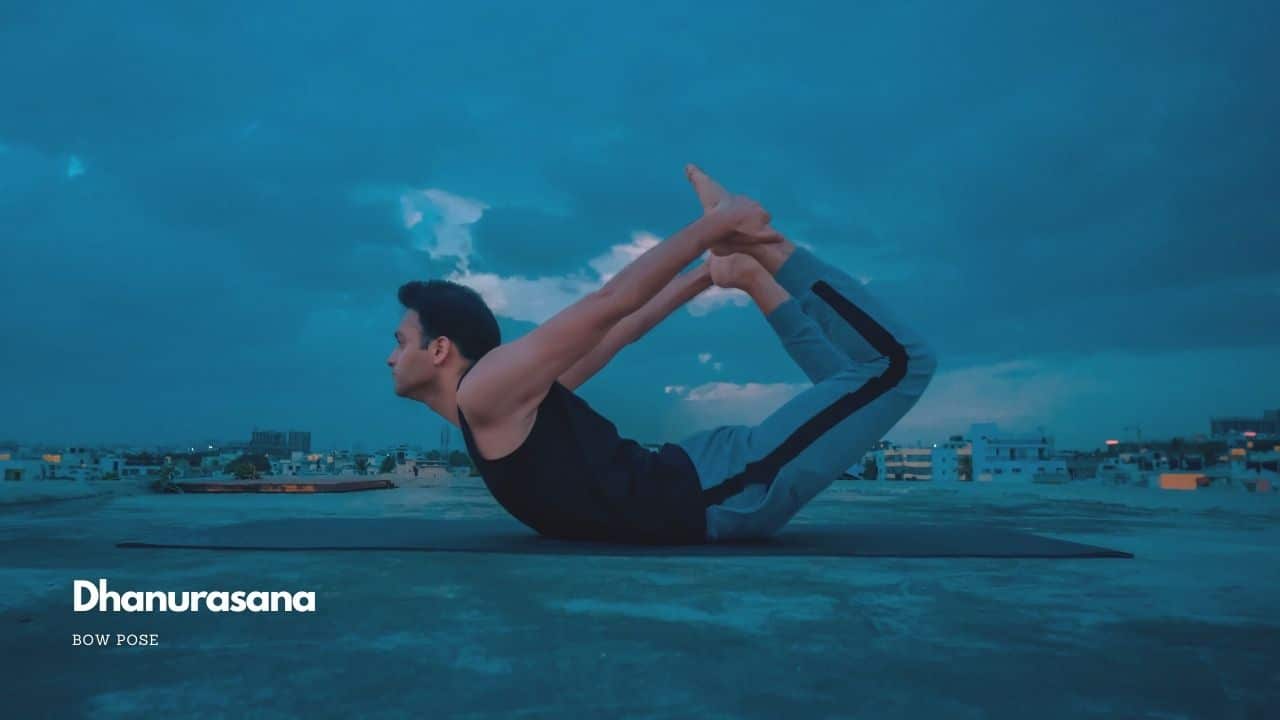
- Starting Position: Lie flat on your stomach with your legs stretched out, feet together, and hands resting beside your body.
- Bend the Knees: Slowly bend both knees, bringing your heels close to your buttocks.
- Hold the Ankles: Reach back with your hands and grasp your ankles firmly.
- Prepare for the Lift: Look forward, keeping your chin on the ground.
- Lift into the Pose: Inhale deeply and push your legs away from your buttocks while simultaneously lifting your thighs, chest, and head.
- Straighten the Arms: Keep your arms extended while holding the ankles.
- Maintain the Pose: Breathe naturally and hold the pose for 8-10 breaths.
- Release the Pose: Exhale slowly, lower your thighs, chest, and head back to the ground, and release your ankles.
- Relax: Rest in Makarasana (Crocodile Pose) to allow your body to recover.
Tips for Better Practice
- Keep your shoulders relaxed and avoid hunching them.
- Engage your core to prevent straining the lower back.
- Do not hold your breath; maintain deep, natural breathing.
- If you’re a beginner, practice under the guidance of a yoga instructor.
Dhanurasana Contraindications: Who Should Avoid Dhanurasana?
Dhanurasana is a powerful pose, but it is not suitable for everyone. Avoid this pose if you have any of the following conditions:
Medical Conditions
- Hernia
- High blood pressure
- Insomnia
- Migraine or severe headaches
Other Precautions
- Do not practice this pose before sleeping as it stimulates the nervous system and adrenal glands.
- Avoid if you have a recent back, neck, or shoulder injury.
- Pregnant women should not attempt this pose.
Conclusion
Dhanurasana (Bow Pose) is a highly beneficial yoga pose that enhances flexibility, strengthens the back, and improves digestion. However, practicing it mindfully is crucial to avoid injuries. Always listen to your body, follow proper alignment, and breathe deeply to gain the full benefits of this posture.
Recommended: Use a natural, non-toxic, anti-slip cork yoga mat for a better and safer practice.
If you’re new to yoga or have any medical concerns, consult a qualified yoga instructor before trying Dhanurasana. Happy practicing!
Also Read:
